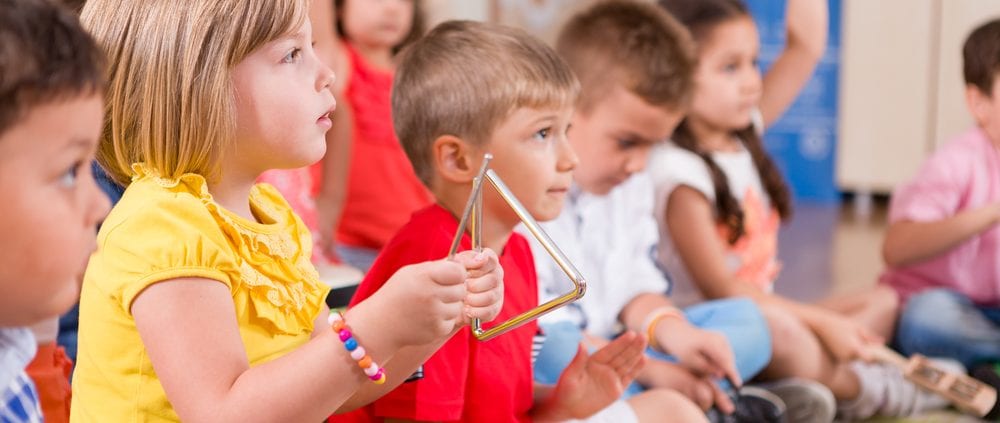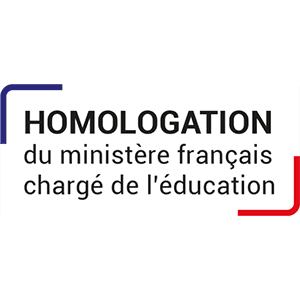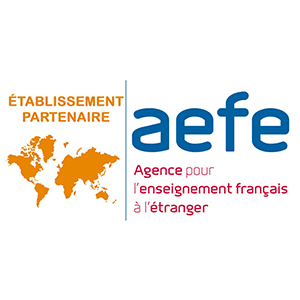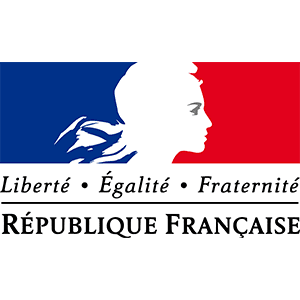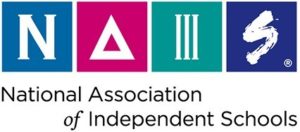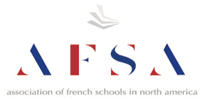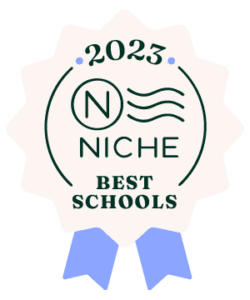Whole Brain Teaching Methods for Pre-School Students
“Class?” “Yes?”
This step is intended to capture students’ attention with a single word. Students are taught that when the teacher says the predetermined word (usually “class”), they are to respond as a group with “yes”. The catch here is that the students are taught to respond in a mirror image of the teacher, so if the teacher says “class, class”, the students are to respond with “yes, yes”. Teachers should practice improvising and using as many variations of “class” as they can imagine. This ensures that the technique remains interesting to the students, thereby keeping them entertained, engaged, and looking forward to the instructions that are to follow. This step is especially important for preschool aged children, as they are just learning to mimic and copy.
Classroom Rules
Once a teacher has the attention of the students, it’s imperative that he or she lay down the classroom rules. Each rule is associated with a specific physical gesture, so over time the combination of muscle memory and memorized rules becomes second nature. The rules and their associated gestures are:
- Follow Directions Quickly – Move your hand or finger in a swimming motion forward.
- Raise your Hand for Permission to Speak – Raise your hand then make a talking motion with your mouth.
- Raise your Hand for Permission to Leave your Chair – Raise your hand and make a waving motion with your fingers.
- Make Smart Choices – Tap your temple on your head.
- Keep your Dear Teacher Happy – Make the letter “L” with each hand and place it by the corners of your mouth to motion a smile.
Hands and Eyes
This is the step where the students are required to really focus on what the teacher’s instructions are. When the teacher announces “hands and eyes”, all students are to look at the teacher, sit up straight, and hold their hands together. The “hands and eyes” statement is a simple reminder to the children that they are about to receive instruction. This is the time for the teacher to make their point and since preschool-aged children tend to have very short attention spans, it’s important that the point be short (less than 15-25 seconds), sweet, and uncomplicated. Remember that the end result should be pieces of information that are chopped up into small enough bites that a preschool aged student can effectively retain and then reteach the information to his or her peers.
“Teach.” “Ok.”
The Teach-OK step is the instructional part of the lesson. The teacher divides the students into groups and teaches small pieces of information with the aid of hand movements and/or physical gestures. After the teacher completes instruction, he or she announces “teach”, to which the children respond “ok”. This signals the students that it is time to repeat the same information and gestures to their peers. During this time the teacher should be moving among each group and assessing which children adequately retained and are able to re-teach the lesson, versus those that are struggling. This process repeats itself until the entire lesson has been taught.
Switch
This step coincides with Teach-OK. As the students are re-teaching their classmates, they should take turns using and mirroring the gestures or physical movements that accompany each step. The least complicated way to accomplish this is to count the students off by ones and twos, so that when it’s time to switch, each child knows that it’s their turn to perform the mirror image of their peer.
Mirror
At any time during the lesson the teacher may announce “mirror, mirror”, accompanied by a specific gesture. This command signals the children to stop what they are doing and mimic the teacher. This step should be used to regain the class’s attention when the children begin to lose focus. It offers a brief time out and a chance for the students to recollect their thoughts.
Scoreboard
For preschool aged children, students should receive points marked on a smiley face or a frowny face on the board, depending upon how they performed (up to three points per face). Every time the teacher marks a point on the smiley face, the students should be taught to respond with a quick cheer or applause, and each time a point is marked on the frowny face they may groan out loud (though this may not be something a teacher wishes to adopt in his or her classroom). This practice ensures that the entire class is cognizant of overall performance. At the end of the day a surplus of smiley face points should be rewarded with an extra few minutes of playtime or storytime.
The practice of Whole Brain Teaching emphasizes active learning and engages a student at the level they are most comfortable with for their age group. This fun and interactive method ensures that even the youngest student will retain and understand their lessons more comprehensively. For more information on the benefits of Whole Brain Teaching and how it applies to preschool aged children, please contact us.


